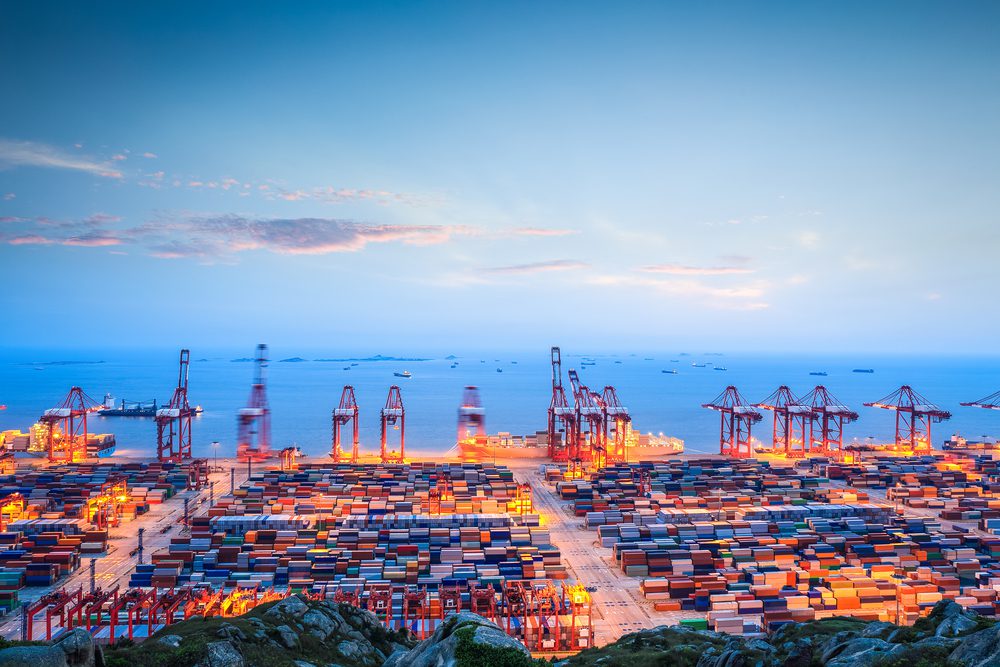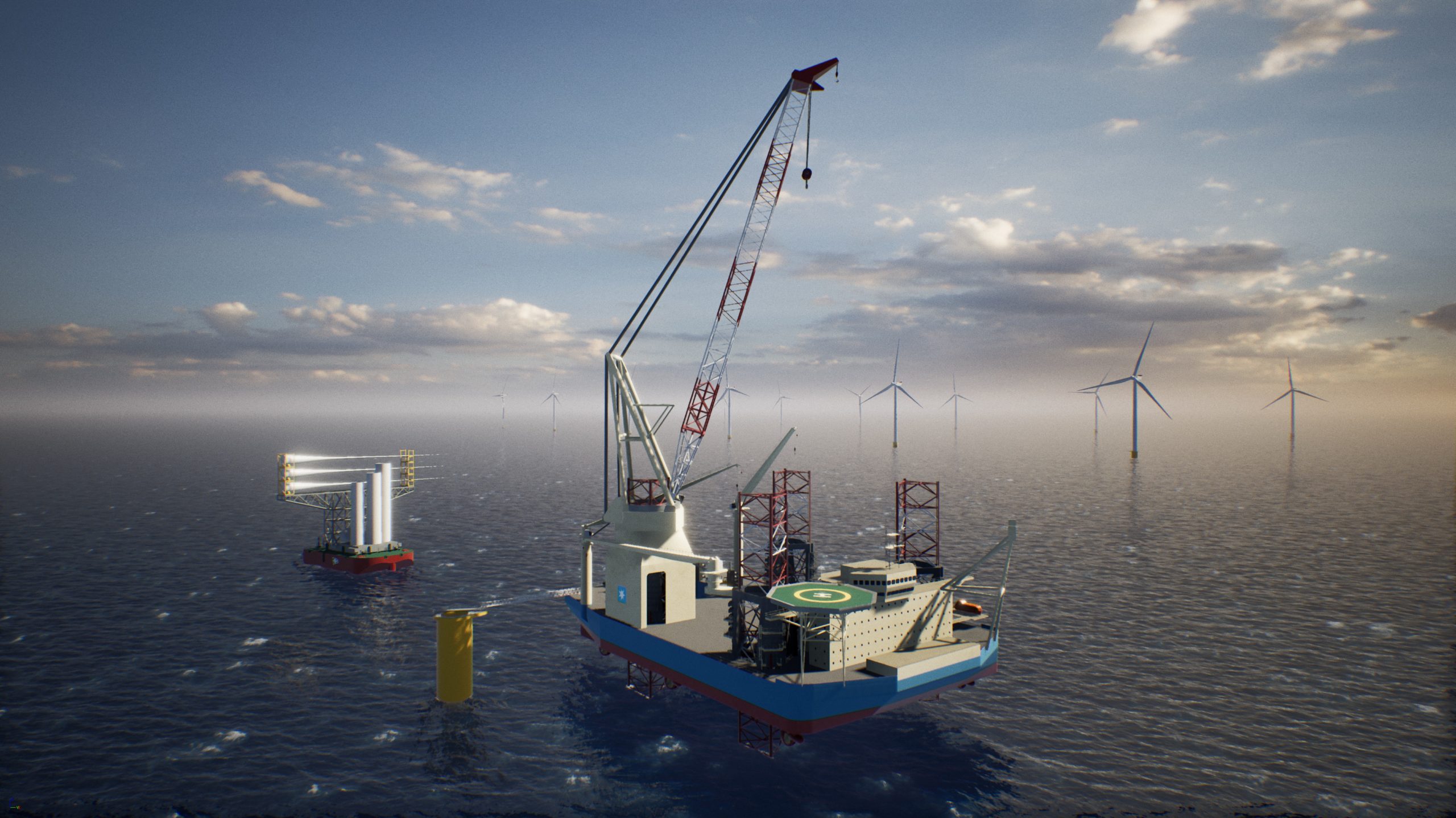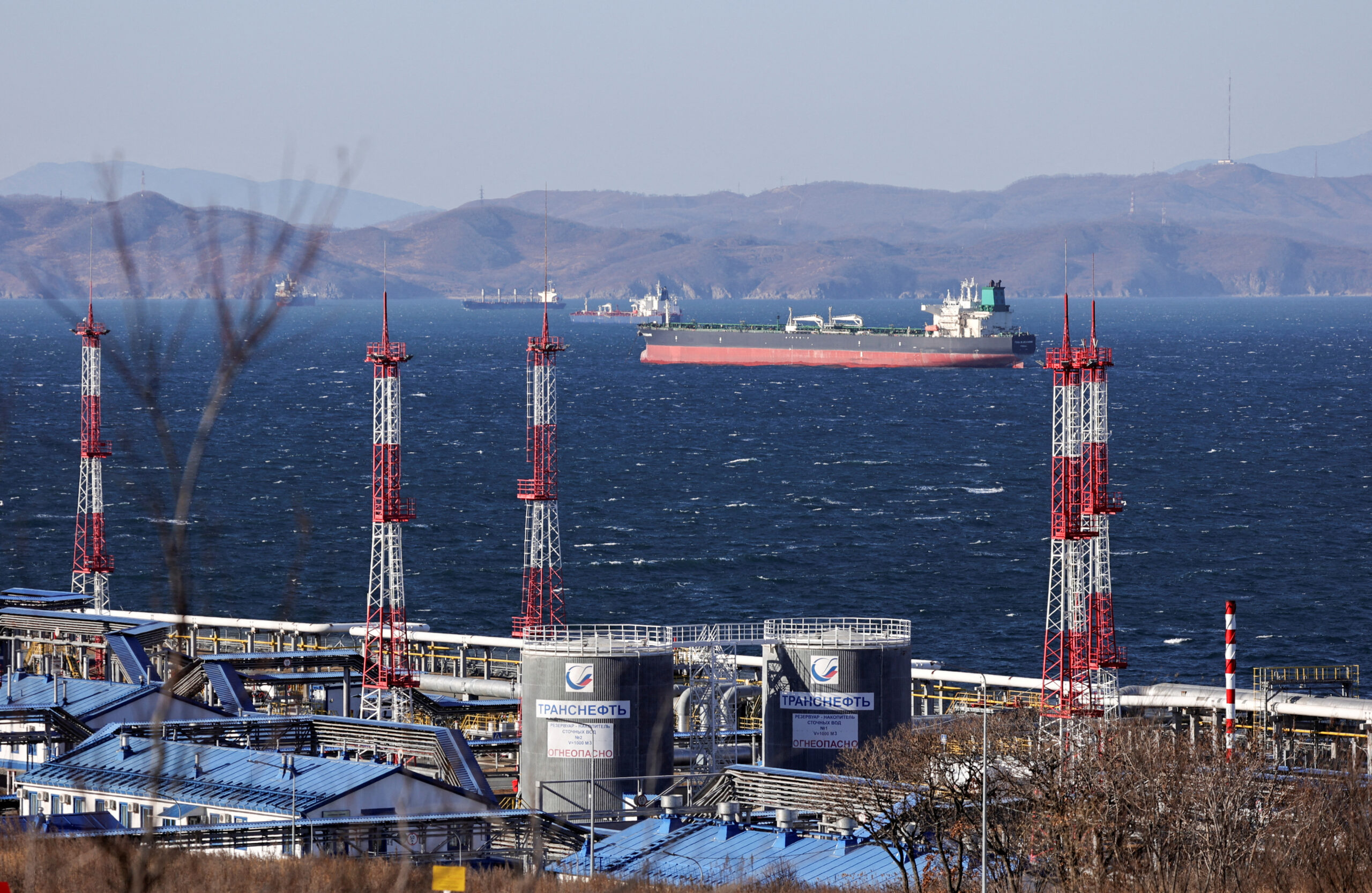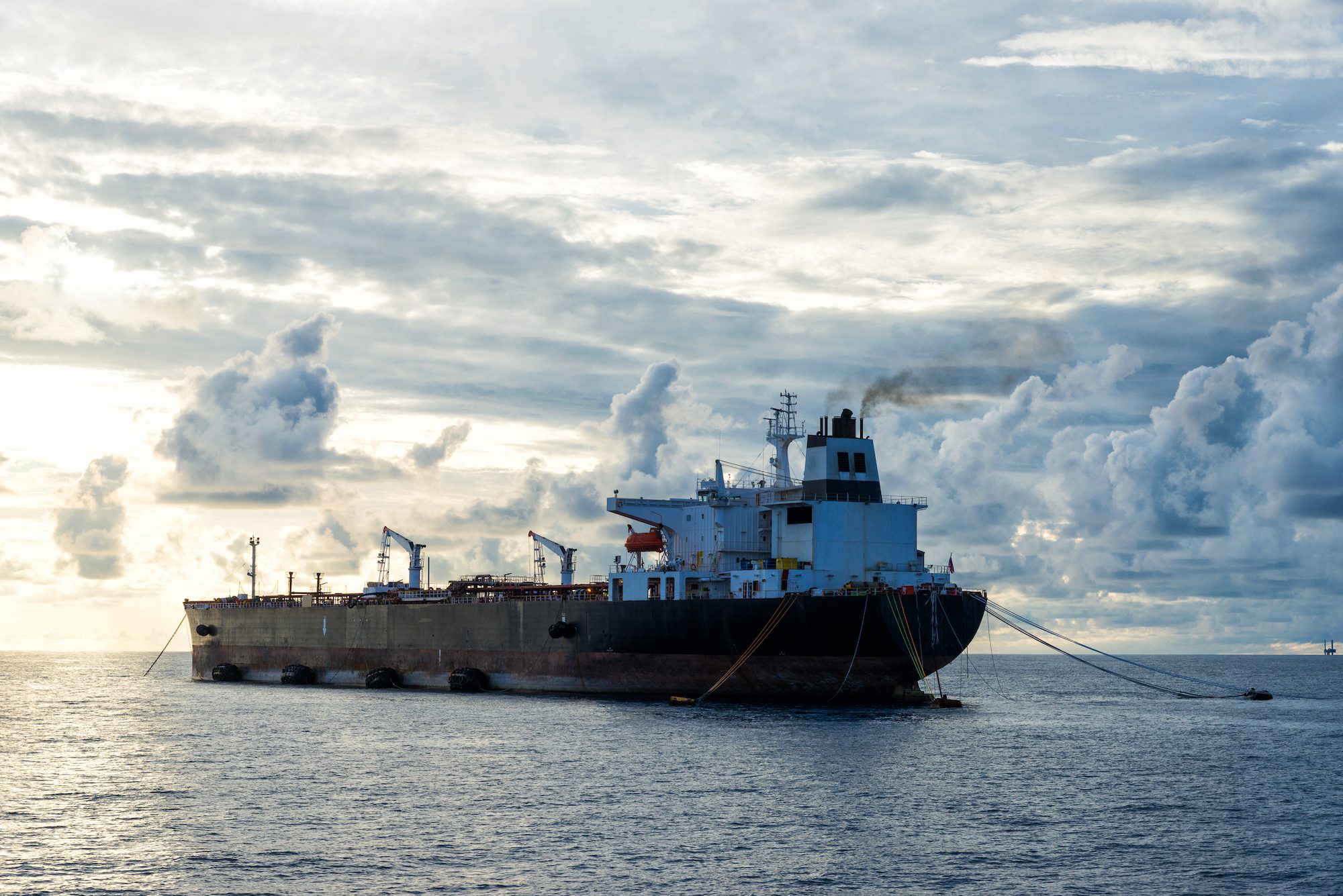By Bloomberg News
Nov. 5 (Bloomberg) — China plans a $16.3 billion fund to finance construction of infrastructure linking its markets to three continents as President Xi Jinping pushes forward with his plans to revive the centuries-old Silk Road trading route.
The fund, overseen by Chinese policy banks, will be used to build and expand railways, roads and pipelines in Chinese provinces that are part of the strategy to facilitate trade over land and shipping routes, according to government officials who participated in drafting the plan.
More policies will be rolled out soon to encourage Chinese lenders to finance infrastructure in countries along the route connecting China to Europe, the officials said. They asked not to be identified as they weren’t authorized to speak publicly about the plans. Chinese companies will also be urged to invest in the countries and bid for contracts, the officials said.
The New Silk Road plan, comprising a land-based belt and a maritime route, has been referred to as a Chinese national strategy after Xi first proposed the idea in Kazakhstan a year ago. It envisions an economic cooperation bloc through to the Mediterranean that revives the old Silk Road, where trade helped developed civilizations along the route.
“Previously, China focused on attracting foreign investment, but now the shift is being made — China’s more and more encouraging its capital to go abroad,” said Feng Yujun, senior researcher at the China Institutes of Contemporary International Relations in Beijing.
APEC Summit
Xi’s overseas push comes as he tries to shape China as a great power, restoring its maritime dominance in the Asia- Pacific and extending its political and economic influence across the region, where it has been asserting itself in territorial spats. Next week, Xi will reinforce the image as he hosts U.S. President Barack Obama and other world leaders at the Asia Pacific Economic Cooperation summit in Beijing.
The State Council Information Office didn’t immediately respond to faxed questions seeking comment yesterday.
The fund will finance domestic infrastructure construction and will be overseen by Chinese policy banks such as China Development Bank, the officials said. Financing will be limited to regions in the plan: Central Asia, the Middle East, South Asia, Southeast Asia and parts of Europe, they said.
The plan signals “a shift in China’s strategic thought,” said Zhang Yunling, director of the Institute of Asia-Pacific Studies at the Chinese Academy of Social Sciences. The past three decades of China’s development have been focused on “absorbing foreign investment” and the next step will be about the outflow of Chinese development to its neighbors, he said.
Provinces Competing
Xi raised the “New Silk Road Economic Belt” idea at his speech in the Kazakhstan capital Astana on September 7, 2013. One month later, when addressing the Indonesian parliament in Jakarta, he pitched “the 21st Century Maritime Silk Road.”
The proposal has inspired competition between officials from Chinese provinces, especially the poorer western regions, seeking to tap the funding. Vice premier Wang Yang said in September in Urumqi, the capital of the western Xinjiang region, that it had a “prominent role to play” in the economic belt and the central government “supports Xinjiang to seize the historical opportunity” to become the hub of the belt.
The southern province of Guangdong, a manufacturing center that helped power China’s economic rise over the past three decades, in early November hosted the inaugural international expo for the maritime Silk Road, with 42 countries participating.
India, Afghanistan
“One of the most important considerations in the strategy is its attempt to reduce the imbalance between the eastern coastal areas and the western inland areas,” Feng said.
Xi, who has said his home province Shaanxi was the starting point for the old Silk Road, has recently ramped up efforts to sell his strategy overseas. During state visits in September he secured verbal commitments from three countries along the routes — Tajikistan, the Maldives and Sri Lanka. India has also shown interest and Afghanistan’s new president Ashraf Ghani Ahmadzai said at his summit with Xi in last week that his country was keen to be involved, according to the official Xinhua News Agency.
According to a map published on the website of the official Xinhua News Agency in May, the land-based Silk Road starts from the ancient capital city of Xi’an, stretching west through Lanzhou and Urumqi before running southwest across Central Asia, the Middle East and Europe.
The sea-based Maritime Silk Road goes through Guangdong and the southernmost Chinese province of Hainan, an island, en route to the Malacca Strait and Indian Ocean. It traverses the Horn of Africa before entering the Red Sea and Mediterranean. The two roads are supposed to meet in Venice.
Once complete, the Silk Roads will bring “new opportunities and a new future to China and every country along the road that it is seeking to develop,” according to the Xinhua article.
Copyright 2014 Bloomberg.

 Join The Club
Join The Club











